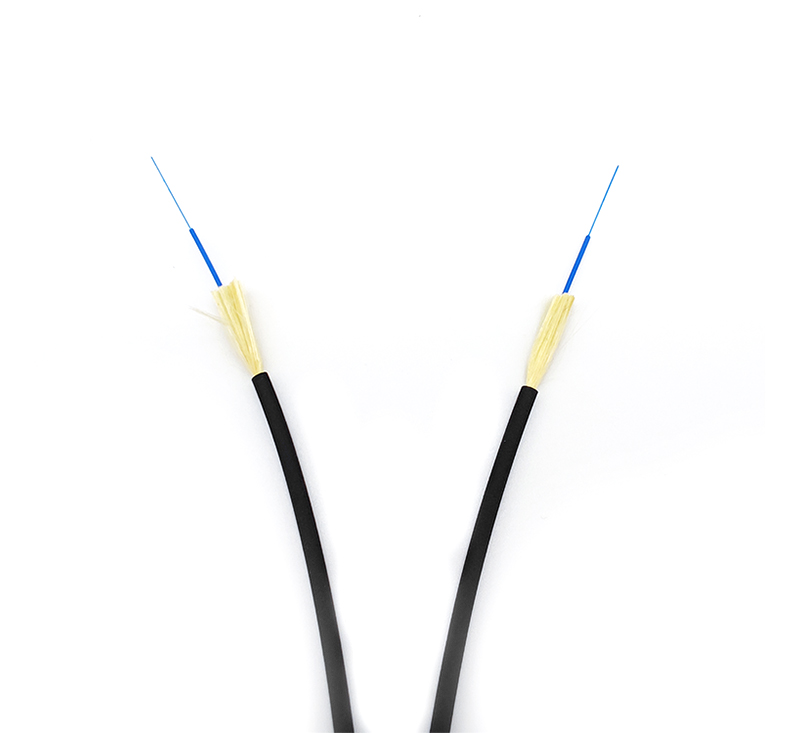At present, the network is becoming more and more popular, and many families or small businesses use their own proxy servers, hubs, switches, routers and other equipment for home surfing or small office work. Most home computer networks do not require many terminals and network equipment, and the network structure is simple, and computer network wiring may be ignored. Although wireless is becoming more and more popular now, the requirements for wiring are correspondingly reduced; however, due to factors such as economy, compatibility and transmission speed, wired networks are relatively flexible and secure.
So, how should the company conduct network wiring? What steps are required for enterprise comprehensive network wiring?
1. Network cable selection
Cabling is an important link connecting the network access layer, aggregation layer, switching layer and network nodes. When wiring, it is best to use a dedicated channel, and do not mix wiring with power lines, air conditioning lines and other lines with radiation. At the same time, you can choose super five shielded twisted pair to maximize the network performance.
Second, the production of network cables
Compared with small enterprises, it is quite simple to set up a network to achieve Internet access. Only an access router and a switch can meet their business network application needs. For the network construction of large and medium-sized enterprises, from the perspective of the entire network structure, the server needs to be used as the background application system to provide network support. The most basic of enterprise servers to build a network needs to have a network cable as the connection medium. The production of the network cable is an important step, and the unqualified network cable will directly affect the use of the network, and the network will be blocked or the network speed will be slow. The author will briefly introduce the production of standard network cables.

The materials required to make an Ethernet cable mainly include: twisted pair cable, RJ-45 crystal head.
Usually, there are two standards for twisted pair: EIA/TIA568A and EIA/TIA568B, and there are two main connection methods: straight-through cable and cross-over cable. For the EIA/TIA-568A standard, the twisted pair wires are divided into three categories according to their electrical characteristics: Category 3, Category 4, Category 5. The most commonly used in the network are the three types of lines and the five types of lines, and there are more than six types of lines.
There are two most commonly used wiring standards today, namely the T568A standard and the T568B standard. The line sequence described by the T568A standard is from left to right: 1-white-green, 2-green, 3-white-orange, 4-blue, 5-white-blue, 6-orange, 7-white-brown, 8-brown. The line sequence described by the T568B standard is from left to right: 1-white-orange, 2-orange, 3-white-green, 4-blue, 5-white-blue, 6-green, 7-white-brown, 8-brown. In enterprise application networks, T568B standard network cables are usually used.










